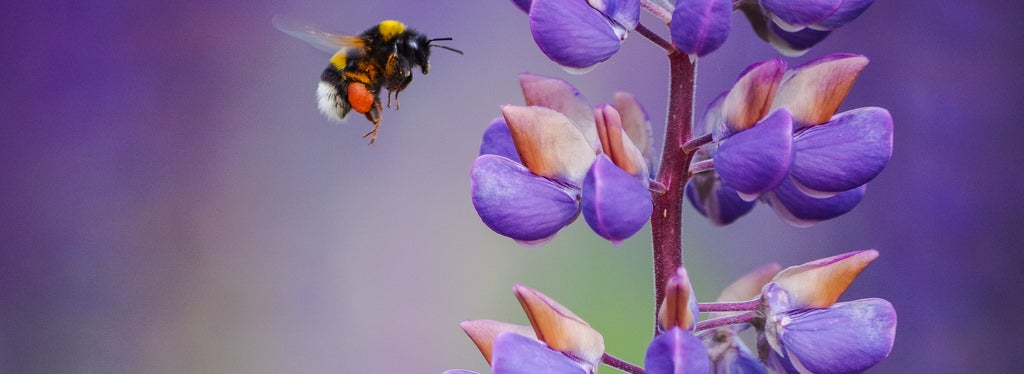
Photo credit: USDA
The vast majority of the media stories surrounding Amazon’s acquisition of Whole Foods have focused on how the deal could affect the cost of food, home delivery services, competition in the retail space and our overall shopping experiences.
While it’s still too early to predict what exactly Amazon will do with hundreds of new brick and mortar grocery stores, here are three possible implications for farmers and the land they rely on to grow our food.
1. Demand for organic could skyrocket
As of last month, organic products represented more than 5 percent of all grocery sales in the US – and organics have been one of the strongest areas of growth for many retailers and grocery stores.
Now, with Whole Foods under the Amazon umbrella, that demand could increase exponentially. POLITICO noted that if this happens, “domestic organic acreage isn’t positioned to handle such an expansion.” Read More










